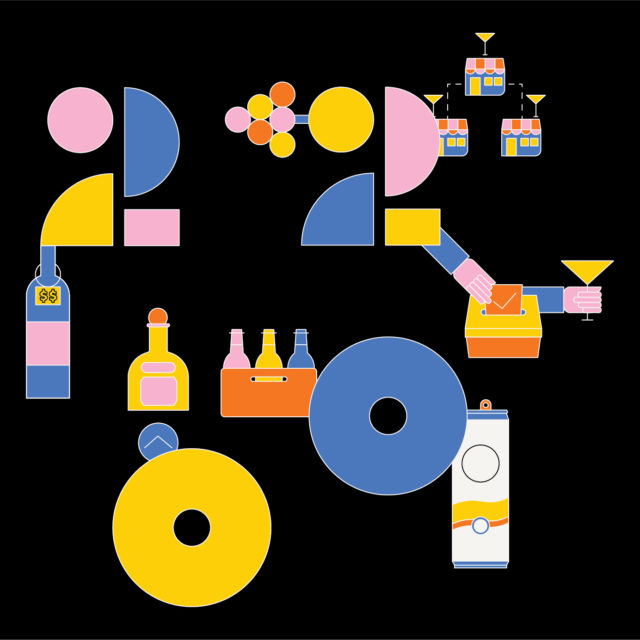As we enter the year 2020, it’s time to predict the drinks trends that will define the next 12 months. This is no easy feat — will hard seltzers continue their meteoric rise? Is this the year the term “natural” wine finally dies? And just how much will demand for no- and low-ABV drinks grow, considering a highly contentious presidential election on the horizon?
At the VinePair HQ, we’ve had lengthy discussions on these topics and others that we feel will shape the next year of drinking. Here are the seven trends that we predict will define 2020.
Tariffs will affect everything. Or not.
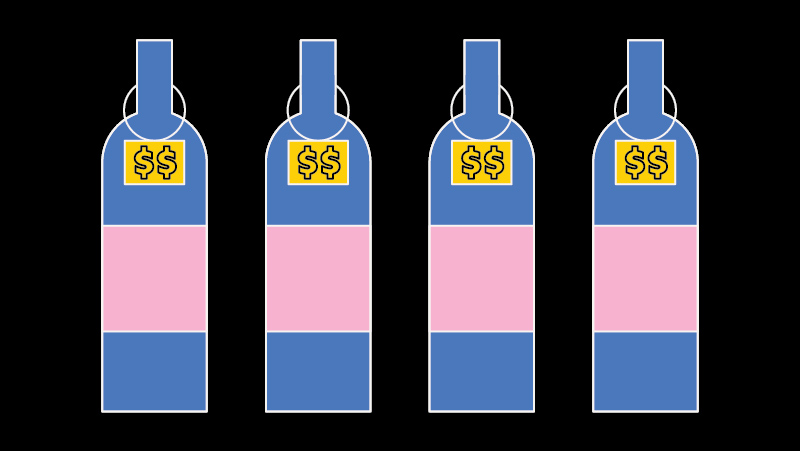
Though currently hypothetical, the proposed 100 percent tariffs that threaten the entire American wine industry could majorly define consumer purchasing decisions in 2020.
Those who enjoy rosé wines in the summer can expect to see huge price increases on bottles from Europe. There will also likely be a hugely diminished selection, if, as many in the industry predict, smaller importers and distributors struggle to survive with the added cost of doing business.
Other popular summer drinks will also be affected, including the Aperol spritz. (Both Aperol liqueur and Prosecco are also subject to the proposed tariff increases.) The same goes for the Negroni, with Campari also falling under the potential duties.
Moving into fall and winter, when colder months call for stronger pours, Irish whiskey and Scotch could double in price, making that coveted evening dram all the more precious. And when the time finally comes to toast the new year, drinkers had better ration the Champagne or look for non-European or domestic alternatives.
But this is the Trump administration, and those in the industry must consider the very real possibility that international policies can and do change — perhaps in the time it takes to fire off a 280-character tweet. The tariffs proposed by the Trump administration could define the way America drinks this year and for years to come. But then again, there’s always “covfefe.”
Hard seltzer isn’t going anywhere.
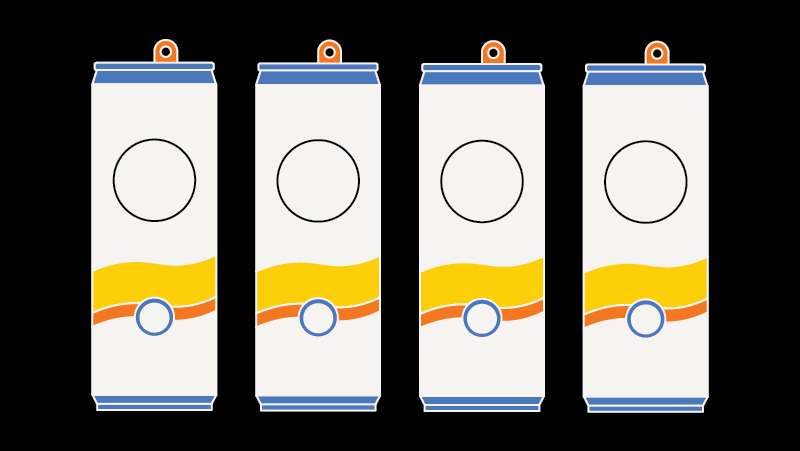
Not since love was invented in the 1960s has a singular phenomenon had such a profound impact on summer as White Claw did in 2019. And it wasn’t just a seasonal craze, nor was White Claw the only brand impacting the sector.
Without a doubt, the meteoric rise of the hard seltzer category was the biggest trend of 2019. But while similarly hyped fads often fail to stand the test of time, VinePair believes hard seltzers are here to stay in 2020 and beyond.
In October 2019, a beer report published by Nielsen revealed that five of the year’s top 10 growth brands by dollar sales were hard seltzers. In November, speaking at a panel discussion produced by CNN Business, White Claw’s senior vice president of marketing Sanjiv Gajiwala predicted the company would surpass $1.5 billion in sales by the end of the year. Gajiwala also predicted that the hard seltzer category would grow to between $2 billion and $2.5 billion in 2020.
When VinePair reached out to brewers for their predictions of the 2020 beer landscape, many also cited hard seltzer as the trend to watch. This year, those major brands that are yet to introduce their own lines will surely join the likes of AB InBev (Bud Light Seltzer), Boston Beer (Truly Hard Seltzer), and MillerCoors (Henry’s Hard Seltzer, and imminently launching Vizzy). Constellation Brands also plans to launch Corona Hard Seltzer this spring.
The term “natural wine” may disappear. But not without a fight.
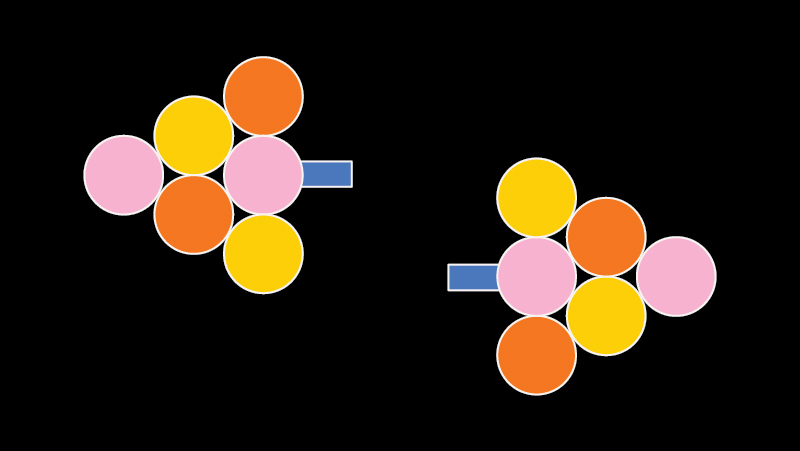
“Natural” is easily the most controversial term in wine, largely because it holds no legal definition. Over the past year, however, the term has managed to enter the (relative) mainstream following multiple high-profile articles published in non-beverage publications. While shining a spotlight on the “style,” these pieces further blurred the lines defining what natural wine is and is not.
Among the confusion, many in the wine industry distanced themselves from using “natural” when describing wines made using the low-intervention techniques that spawned the term in the first place.
Instead, producers such as Nathan Kendall (Finger Lakes, N.Y.), Ridge Vineyards (Sonoma County, Calif.), and La Violetta (Great Southern, Western Australia) are increasingly using phrases like “minimal-intervention,” “non-invasive,” and “low-fi” winemaking as these terms offer slightly more specific descriptions of the process. Crucially, these terms also distance bottles from the funky, often technically flawed wines that have become associated with the “natural” category.
While funky and flawed wines will no doubt continue to prevail, we believe 2020 will be the year serious industry professionals turn their backs on the term “natural” for good. With Jancis Robinson also recently entering the fray and calling for the death of the term, it’s only a matter of time before nature takes its course and “natural” wine becomes extinct.
Craft brewery mergers and acquisitions will stay hot.
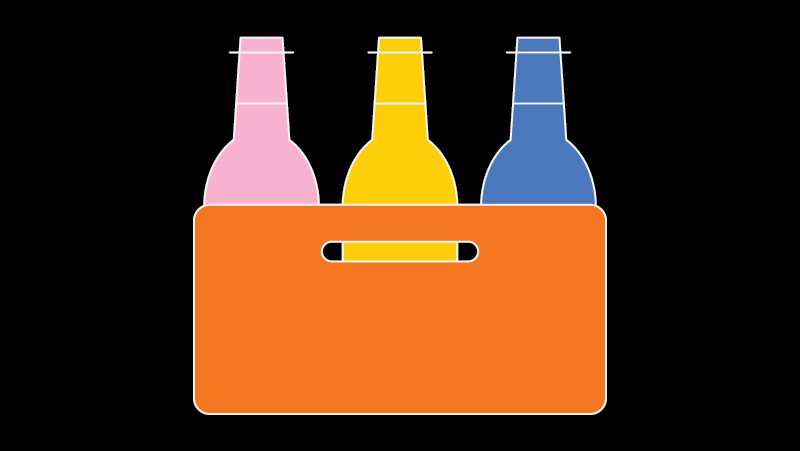
Last year was huge for brewery mergers and acquisitions (M&As). There were high profile mergers (Boston Beer Company and Dogfish Head), instances of big beer brands acquiring iconic craft breweries (Kirin-owned Lion Little World Beverages/New Belgium), and the unusual case of a brewery that was previously valued at $1 billion snapped up by a relatively unknown entity (Ballast Point/Kings & Convicts).
While acquisitions are old news in craft beer, the deals witnessed in 2019 signaled an evolution from the period when corporate breweries swallowed up hip craft brands by the barrel load for street cred.
In particular, the Boston/Dogfish merger and the offloading of Ballast Point at a bargain-bin price point were symptomatic of the biggest threat to craft brewers heading into 2020: declining beer sales — partly because of the increasing popularity of hard seltzers — at a time when more craft breweries operate in America than ever before.
In this landscape, you don’t need a masters in economics to predict that only the strongest brands will survive. For many, M&As will provide that strength; for others, 2020 might, sadly, be the end of the road.
Spirits brands will ramp up direct-to-consumer sales.
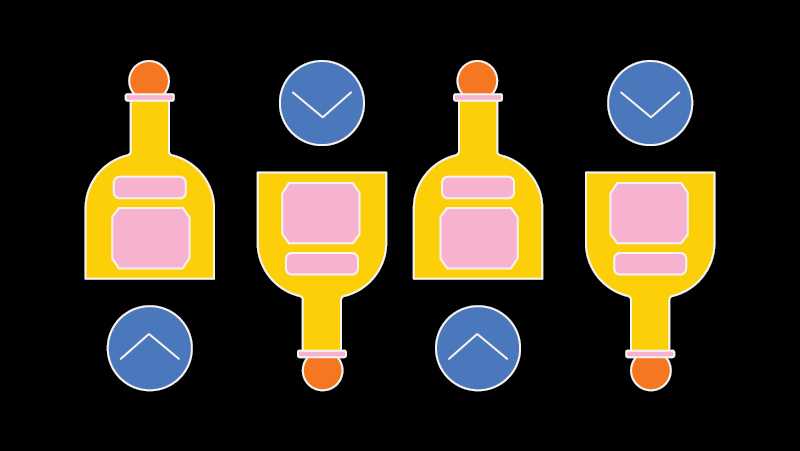
In October 2019, Patrón announced its famous tequilas were available for purchase directly through Instagram, simply by “swiping up” on its Instagram Story ads. Speaking to Adweek, Adrian Parker, the brand’s global vice president of marketing, revealed it was part of Patrón’s ambitious new e-commerce goals to take 20 percent of its business online by 2030.
Though various platforms already offered liquor for purchase online, this was the first example of a spirits brand utilizing social media to sell its products directly to customers. In an age when future life partners can be and often are) found simply by swiping a smartphone screen, it’s impossible to think that other spirits brands won’t follow suit.
Meanwhile, in the wine sector, the dollar value of direct-to-consumer (DTC) shipments surpassed the $3 billion mark for the first time in 2018. While that represented just 10 percent of the market, DTC wine subscription services, including Winc, Vinebox, and Naked Wines, offer a familiar model for consumers to purchase wine, emulating the way we buy everything from toothbrushes to bed linen, mattresses, and suitcases.
Whether spirits, wines, or otherwise, DTC is fast becoming as easy as 123.
Low- and no-proof cocktails will appear on chain restaurant menus.
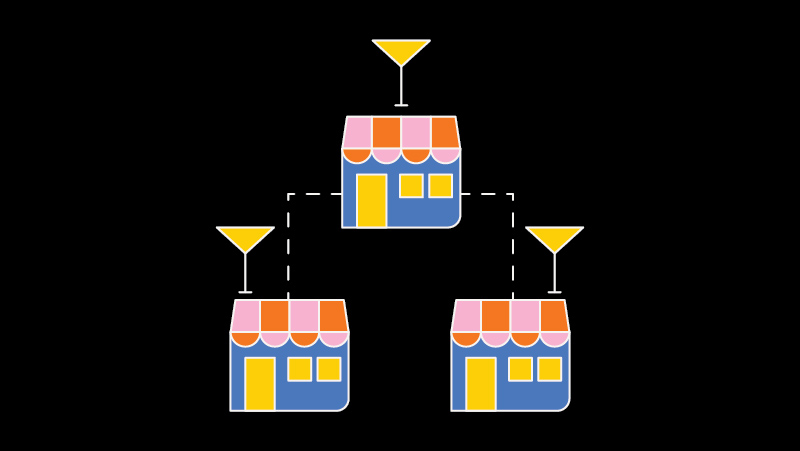
Last year, VinePair predicted low- and no-proof cocktail lists would go national. With declining alcohol consumption (particularly among millennials) and the growth of wellness culture, it seemed natural that bars around the country would follow the lead of high-profile, large-city establishments in offering a range of low- and no-ABV options.
Many bartenders around the country did, indeed, follow suit, and introduced complex spirit-free offerings to their cocktail programs. This year, we believe the movement will evolve further and enter the mainstream.
In recent years, chain restaurants such as Applebee’s and Buffalo Wild Wings have placed increasing importance on their cocktail programs. The latter already lists the calorie values for drinks on its menus and offers non-alcoholic beer by the bottle.
“BDubz” even serves “Hand-Shaken” alcohol-free drinks like the “Passionfruit Nojito,” and we expect many others to follow their lead in 2020. Applebee’s, TGI Fridays, Chili’s — show us what you’ve got!
Election-induced stress will drive up drinks sales.
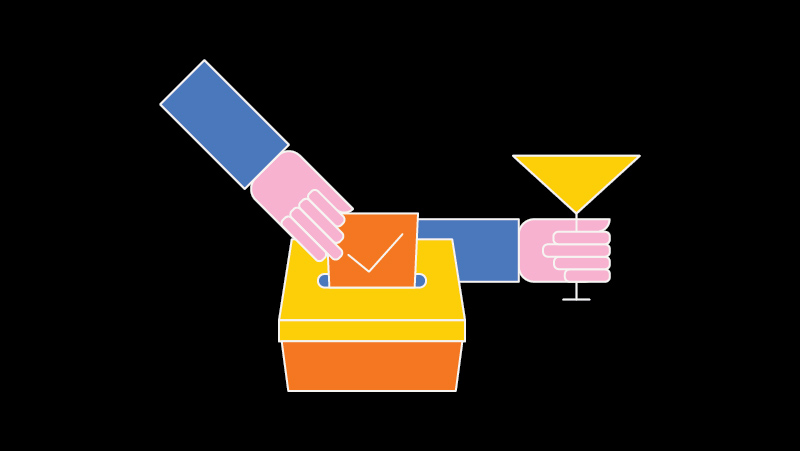
In many nations, drinking alcohol is banned on election day. But in America, there’s at least a strong precedent for increased consumption during such events.
In 2016, on the night of the U.S. presidential election, alcohol delivery service Drizly experienced an 86 percent increase in orders compared to a typical Tuesday. The hike wasn’t isolated to that particular night. In the lead-up to the election, the abundance of negative campaigning and stream of misleading advertising led psychologists to believe many of us may have suffered from “Election Stress Disorder.” For some, sadly, this stress and anxiety led to an increase in alcohol consumption.
With this year’s election set to be as contentious as 2016’s, and the (now declining) risk of a 2020 recession, all signs point to a repeat of four years ago. With this in mind, VinePair urges our readers to drink responsibly. Good luck out there!
